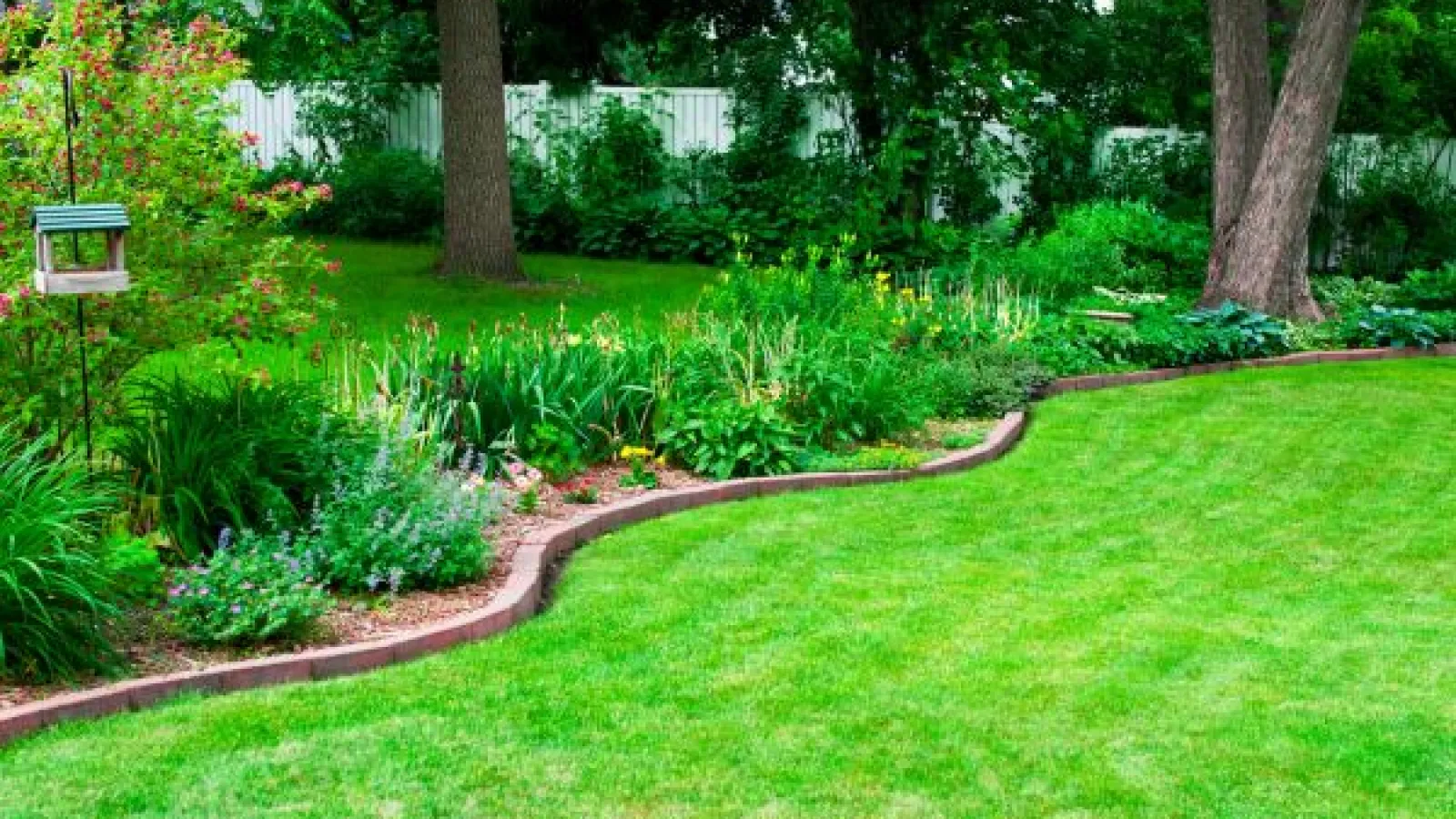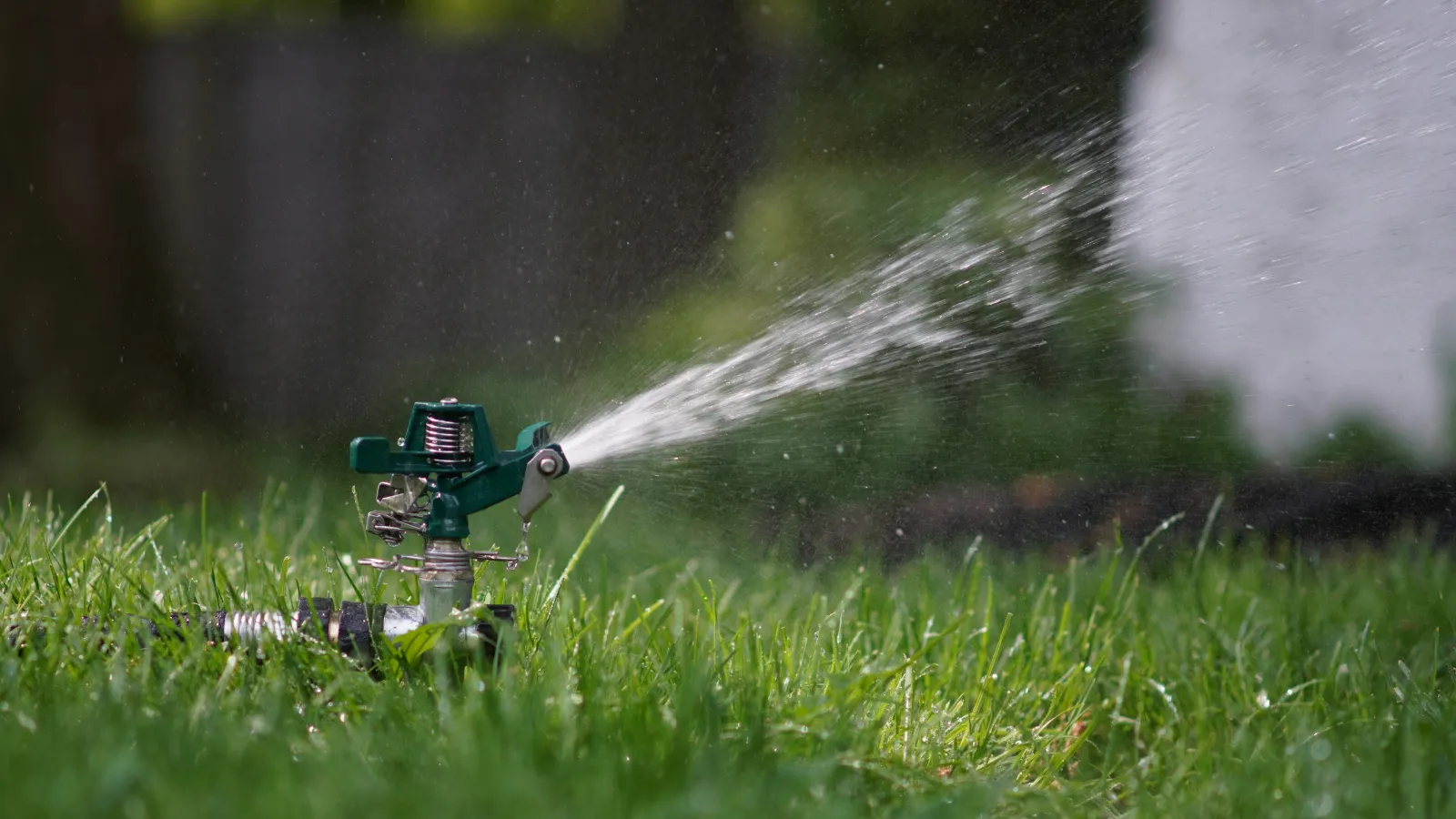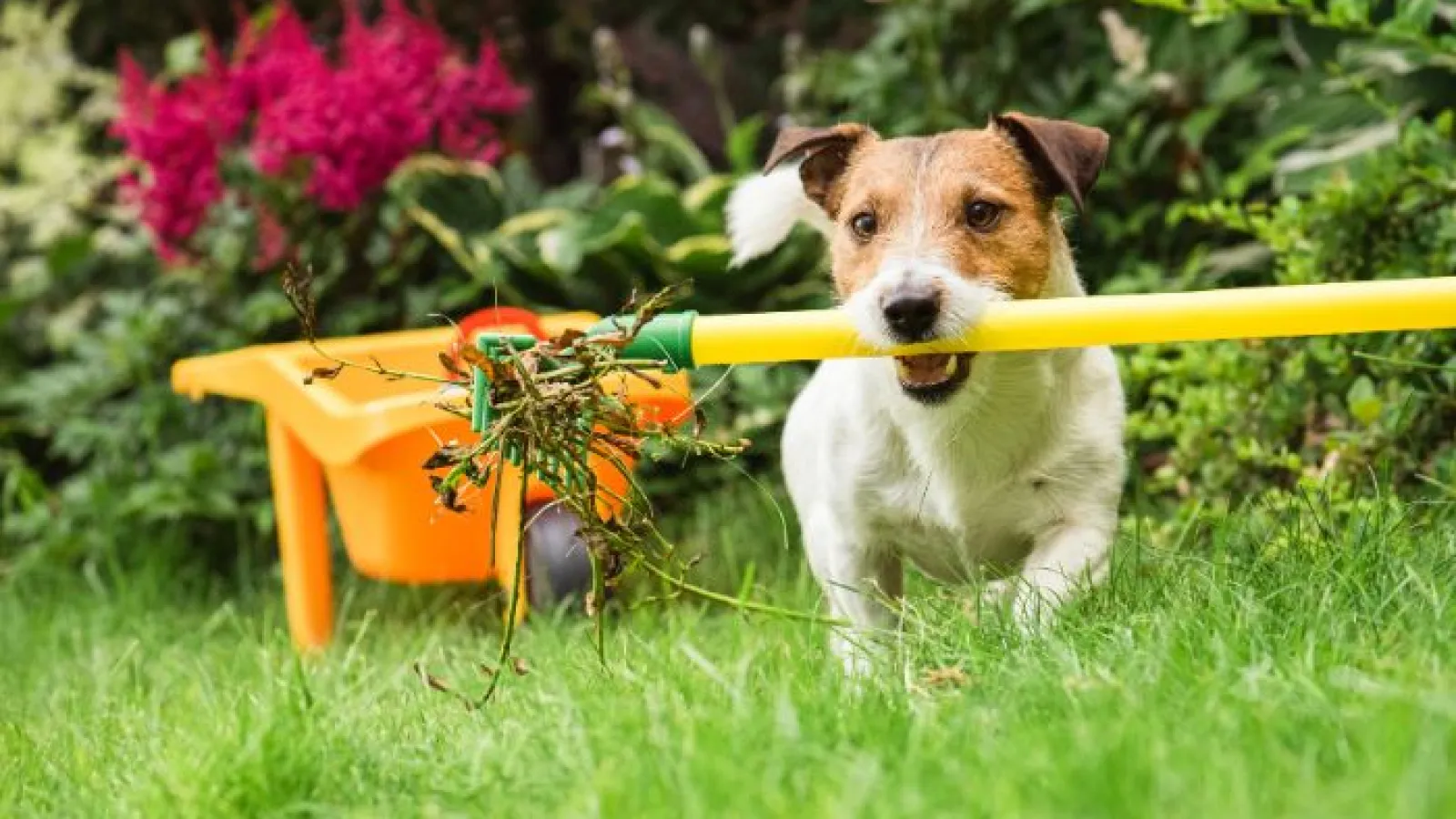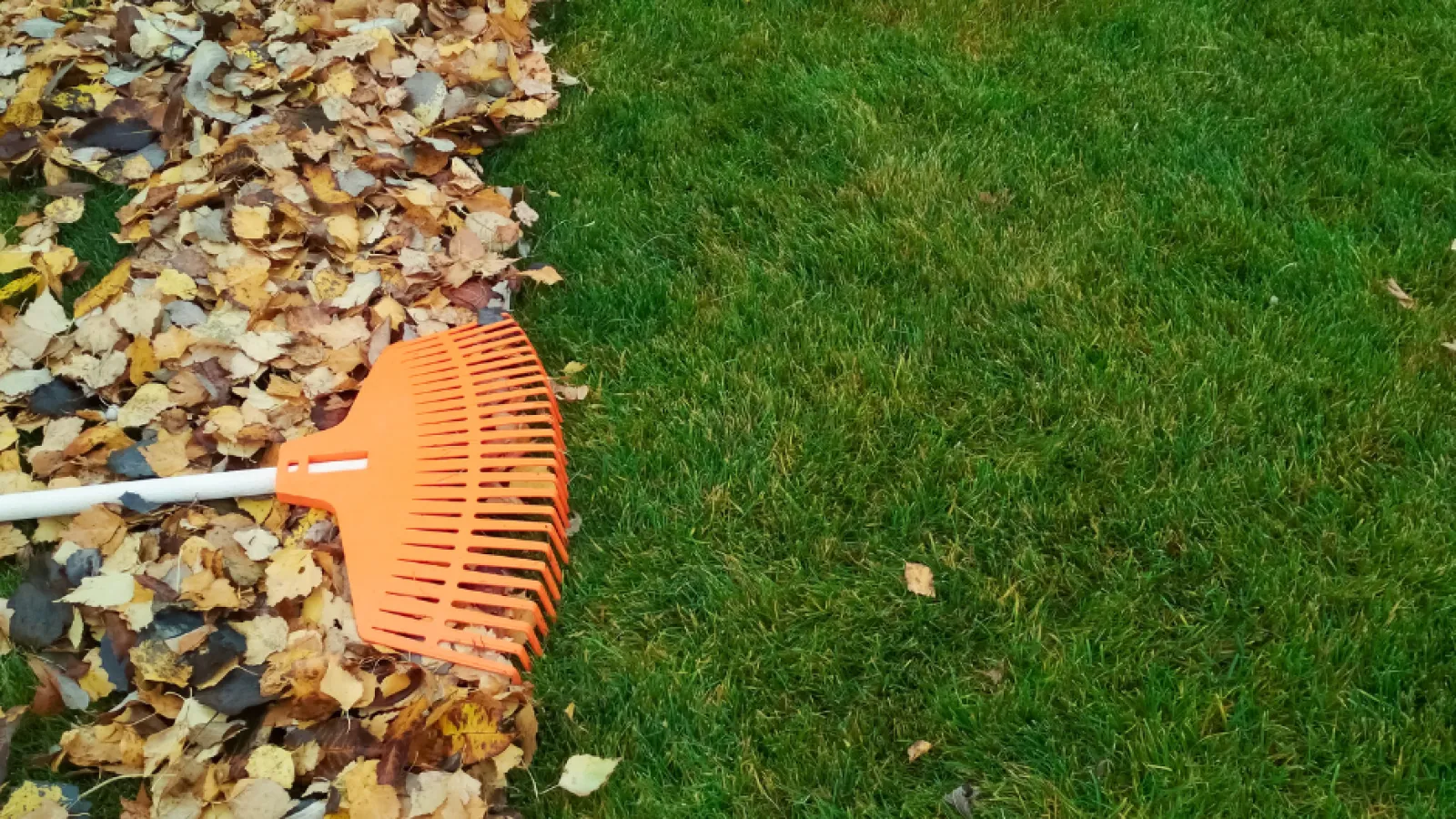
Keeping Leaves Off Your Lawn
"I love raking leaves" said no one ever! Fall in the southeast is a beautiful time of year with the brilliant red and gold foliage. But as those colorful autumn leaves fall to the ground, the job of raking them from your lawn can be daunting for homeowners. We have some tips on why keeping an abundance of leaves off your lawn is important and how using the right equipment can make this sometimes tedious task less harrowing.
Before we jump into that though, do you even know why leaves fall from the trees?

Why Do Leaves Fall Off Trees?
A leaf's job is to turn sunlight into food for the tree, and to do this, the leaf needs water. To get water to the leaves, the tree takes water from the soil and delivers it through its trunk and branches all the way to the leaves. When there isn't enough water, the leaves stop doing their job so the tree limits the water that gets to them. No water to the leaves means the leaves are empty and the tree doesn't need them anymore. And so the leaves begin to fall from the tree to the ground.
So now that we understand why leaves fall from the trees, let's cover why it's important to not leave the leaves on your lawn in great masses.
Importance of Getting Leaves Off Your Lawn
After leaves fall from their trees, they begin to break down and can be moved around by gusts of wind. While a light dusting of leaves on your lawn for a short time period will not likely cause any long-term damage, when too many leaves accumulate, they can smother your lawn. This is because the leaves will block the sunlight and air from reaching the grass. And when the grass doesn't receive the proper nutrients, including light and air, the grass can die or have bare patches come springtime. Additionally, if you have a professional lawn fertilization and weed control service, a thick layer of leaves can prevent the products from reaching the soil, reducing their effectiveness.
On the contrary, fallen leaves in limited quantities are a free source of nutrients for your lawn. So take a look at your yard. If leaves cover less than about 20% of your lawn, you're probably ok to leave them be; if more than 20% coverage, get prepared for an afternoon workout of clearing leaves from your lawn.
Although some people enjoy this quintessential fall activity, for most, raking leaves is just a chore. But don't worry. We have some tips on how to make the task easier and dare we say, enjoyable.
Using the Right Tools For the Job
Fortunately, most of the tools you need for cleaning up your yard may already be in your garage.
- Blower
- Lawn mower (mulcher)
- Hand rake
Leaf Blowers
Leaf blowers offer a quick way to move the leaves off your lawn, but the leaves still need a place to go. We recommend blowing the leaves into a pile on a tarp and then disposing of them in a natural setting like a wooded area near your home. Or if you have an area that needs compost, put the leaves there as they make great compost.
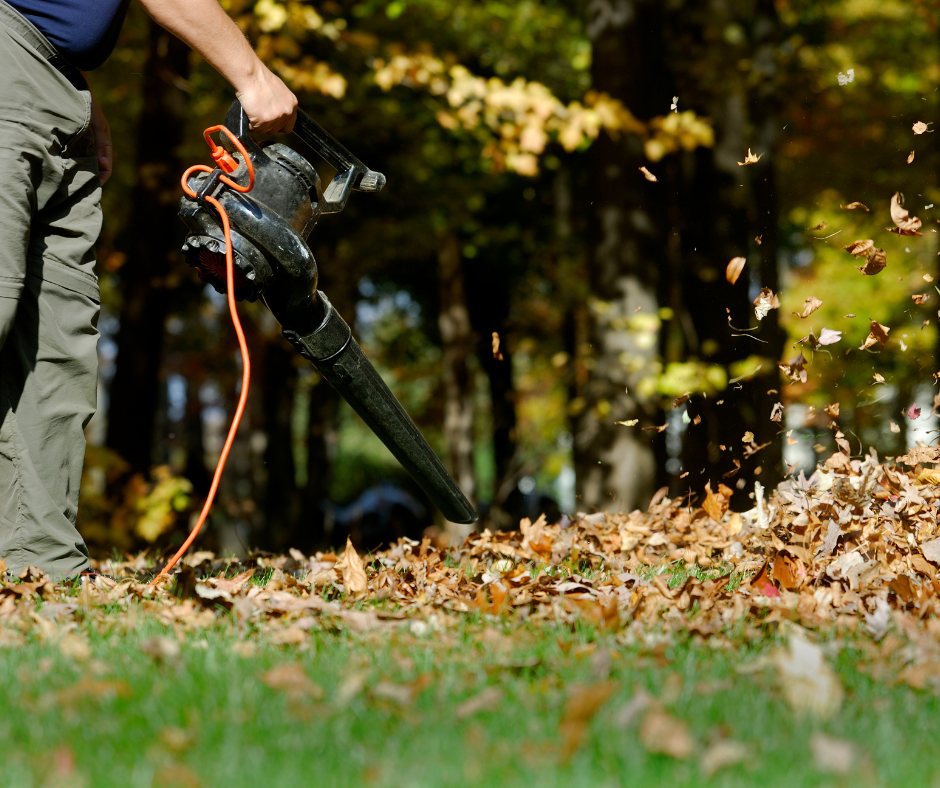
Leaf Mulcher
Fortunately, you don't actually need a mulcher to mulch your leaves. Any standard mower can be a useful tool for mulching. We recommend running the lawn mower over your leaf covered lawn without the bagger three to four times. It's best to do it when the leaves are dry and crunchy. Mowing over the leaves can create a nutritional mulch-like substance for your lawn that provides all-natural fertilization during the fall and winter months. Ideally, you should cut your leaf debris into dime-size pieces for it to be effective mulch. The shredded leaves will sink between the grass blades and decompose.
Hand Rake
If you're a bit more old-fashioned or want to turn your yard clean up into a workout, break out the hand rake. Using a hand rake usually takes more time than a leaf blower or a lawn mower to remove leaves, but you can do a more thorough job. We recommend using a quality, lightweight rake with an ergonomic handle and wide end. The wider your rake, the more leaves you can pick up with every sweep. Similar to blowing, you can rake the leaves to a pile on a tarp or even bag them.
Don't Burn Leaves
While burning your big pile of leaves may seem like the easiest way to dispose of them, in many areas it's illegal. Not only is burning leaves a fire hazard as even a light wind can easily spread the flames, it produces a lot of unwanted smoke and pollutants that can irritate your eyes and lungs.
Timing Is Important
Before you start blowing, mulching or raking leaves, make sure you're doing it at the right time. If you rake or mulch leaves too early, you'll have to repeat the process until the season is over. We recommend waiting until the trees on your property are almost completely bare before you start to clean up your yard. If you're an overachiever or the bounty of leaves is bothering you, rake periodically before completing the big clean up.
An exception to waiting for all the leaves to fall is for homeowners who have a Fescue lawn and young grass is coming up. It is best to remove the excess leaves weekly because the new seedlings can perish if the leaves are left on the grass for longer.
We hope you now understand a little more about the importance of removing fallen leaves from your lawn and are equipped with the knowledge of what kind of removal is best for your lawn. If you have any questions, we're here for you. Just shoot us a text or message.
